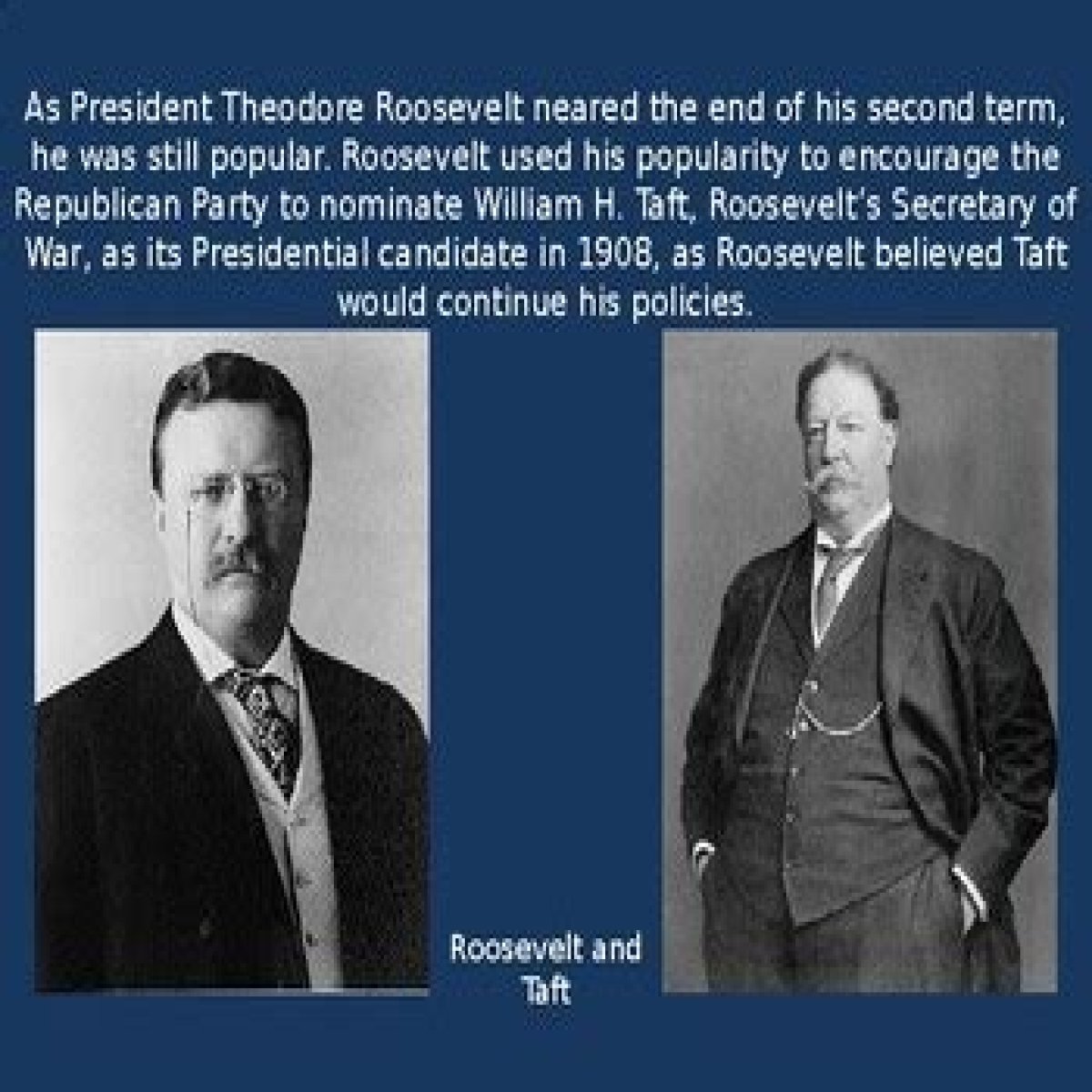The Taft presidency, which spanned from 1909 to 1913, marked a distinctive period in the annals of American political history. William Howard Taft, the 27th President of the United States, was a man of many talents and a complex persona. His time in office was characterized by a blend of progressive reforms and a commitment to traditional Republican values. As the first president to hold both the presidency and the chief justiceship of the Supreme Court, Taft’s presidency is often overshadowed by the more flamboyant Theodore Roosevelt and the subsequent presidency of Woodrow Wilson.
During his administration, Taft grappled with various national issues, including tariffs, trust-busting, and civil rights. His approach to governance was marked by a belief in the rule of law and a cautious approach to reform, which sometimes led to tensions within his own party. The Taft presidency stands out not only for its legislative achievements but also for its internal political strife, which ultimately led to a split in the Republican Party.
In exploring the Taft presidency, one can uncover the complexities of his policies, his relationships with prominent political figures, and the legacy he left behind. This article aims to delve deep into the various aspects of Taft's presidency, providing insights into his life, administration, and the lasting impact of his time in office.
What Were the Key Events During the Taft Presidency?
The Taft presidency was marked by significant events that shaped the direction of the country. Some of the key events included:
- Passage of the Payne-Aldrich Tariff Act in 1909
- Formation of the Department of Labor in 1913
- Expansion of the U.S. military presence in the Caribbean
- Trust-busting efforts against monopolies
How Did Taft's Background Influence His Presidency?
William Howard Taft was born on September 15, 1857, in Cincinnati, Ohio. He came from a prominent family with a strong legal background. His education at Yale University and subsequent career in law and politics laid the groundwork for his presidential aspirations. Taft's experience as a lawyer, judge, and governor of the Philippines provided him with a unique perspective on governance and international relations.
What Were Some Major Policies of the Taft Presidency?
Taft's presidency is often remembered for several key policies:
- Tariff Reform: The Payne-Aldrich Tariff Act aimed to reduce tariffs but ultimately led to dissatisfaction among progressives.
- Trust-Busting: Taft aggressively pursued antitrust lawsuits, breaking up major corporations like Standard Oil.
- Conservation: He continued Roosevelt's conservation efforts, adding millions of acres to national parks.
- Foreign Policy: Taft introduced "Dollar Diplomacy," emphasizing American investment in Central America and the Caribbean.
What Challenges Did Taft Face During His Presidency?
Despite his accomplishments, Taft faced significant challenges that impacted his presidency:
- Party Division: The split between the progressive and conservative factions of the Republican Party became increasingly pronounced.
- Public Perception: Taft struggled with his public image, often being compared unfavorably to his predecessor, Theodore Roosevelt.
- Legislative Setbacks: His attempts at tariff reform and other measures often met with resistance from Congress.
What Was the Impact of Taft's Presidency on Future Administrations?
The legacy of the Taft presidency is complex, as it set the stage for future political developments:
- His trust-busting policies influenced future administrations to take a more active role in regulating monopolies.
- The split in the Republican Party during Taft's presidency foreshadowed the rise of third-party movements and political realignment.
- His emphasis on law and order in governance resonated with later presidents who prioritized a more conservative approach.
How Did Taft's Presidency End?
Taft's presidency came to an end after he lost the 1912 election to Woodrow Wilson. The division in the Republican Party, largely due to Taft's inability to unite the progressive and conservative factions, played a significant role in his defeat. Following his presidency, Taft returned to his legal career, eventually becoming Chief Justice of the United States, a position he cherished and held for nearly a decade.
What Is Taft's Legacy in American History?
The legacy of the Taft presidency is often overshadowed by his predecessors and successors, yet it remains significant. Taft's commitment to law and order, his trust-busting efforts, and his approach to international relations have left an indelible mark on American politics. His presidency serves as a reminder of the complexities of leadership and the challenges of governing in a divided political landscape.
In conclusion, the Taft presidency was a unique and multifaceted chapter in the history of the United States. Despite facing numerous challenges, Taft's administration made important strides in various areas, and his legacy continues to be a topic of interest for historians and political enthusiasts alike.
| Personal Details | Information |
|---|---|
| Full Name | William Howard Taft |
| Born | September 15, 1857 |
| Died | March 8, 1930 |
| Presidency | 1909 - 1913 |
| Political Party | Republican |
| Spouse | Helen Herron Taft |
| Children | 3 |
Understanding Olympic Salary: The Financial Rewards Of Athletic ExcellenceFela Kuti: The Revolutionary Sound Of AfrobeatExploring The Life And Legacy Of LD Lang
